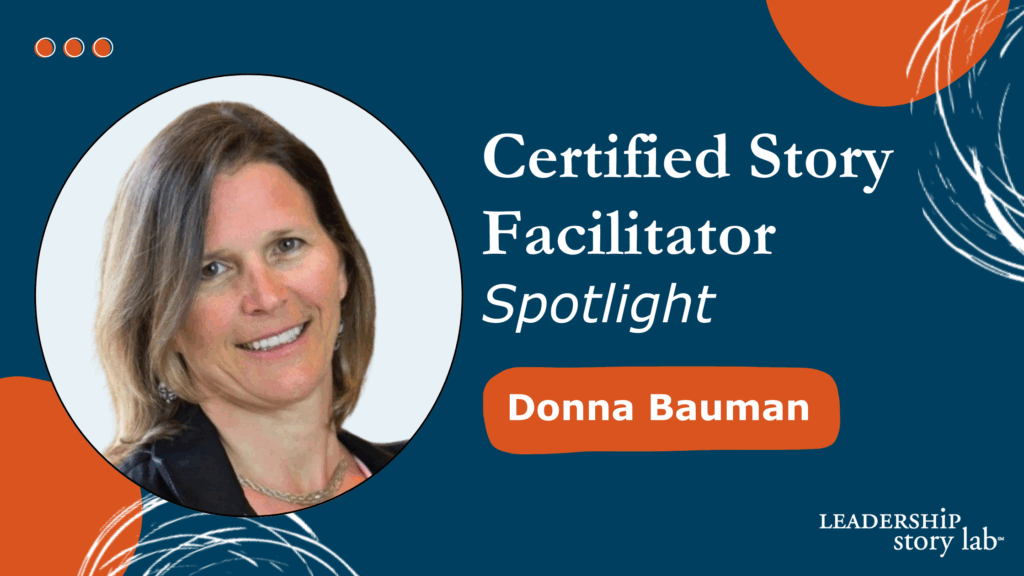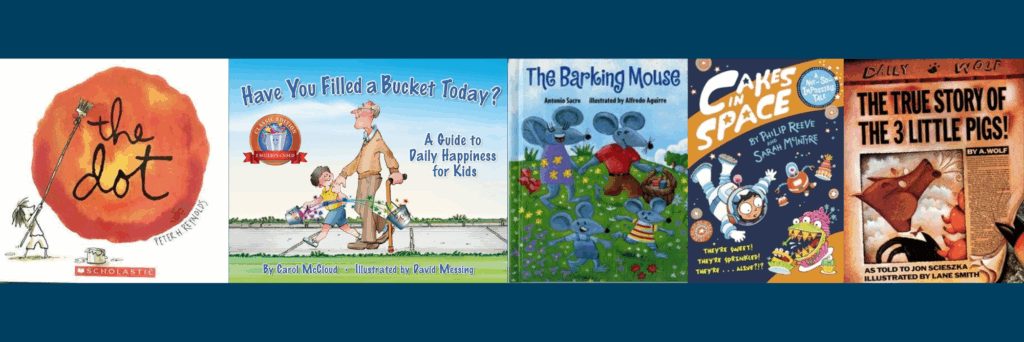December 1, 2024 / Esther Choy

This month on Forbes.com, I shared about the necessary skill of leaning into our incomprehension when we encounter people and situations we don’t understand. I was inspired by the work of author Ann Morgan. She shares about the revelatory experience of learning to be comfortable with discomfort in her forthcoming book Relearning To Read: Adventures in Not-Knowing.
Sitting with incomprehension encourages us to become curious, motivated learners. With the election just behind and the upcoming holidays, practicing curiosity in the face of disagreement may be especially daunting. So here are 3 questions to ask yourself to cultivate curiosity — even when it’s hard.
Is this the best place for a challenging or sensitive conversation?
Holiday parties are stressful and overstimulating even for families that get along very well, says Dr. Julia Minson, Associate Professor of Public Policy at the Harvard Kennedy School of Government and expert in the psychology of disagreement.
“Before any conflict about politics or ideology, the situation is already heated,” Minson relates. “Because there’s a lot of people, stress. There’s chaos and you’re tired. Then you sit down to dinner and there’s usually alcohol involved.” It doesn’t take much for the friendly conversation to turn into an argument.
As a professor at Kellogg School of Business, Gina Fong has thought a lot about the importance of setting. As a consumer anthropologist, she knows that when she meets people where they are at — literally, in their homes — she learns so much more about them, things she wouldn’t have even thought to ask.
Therefore, when she wants honest feedback from her business school students, she tries to meet them where they are at — in informal settings, at group dinners off campus, where the students are comfortable to lead the conversation and share honestly about their experience in her class.
Am I demonstrating curiosity, in a respectful way?
Dr. Minson developed the HEAR method to help us remember the verbal cues we should use to make sure we are demonstrating our curiosity and receptivity, respectfully. In her presentation she shares phrases that are helpful to use during disagreements such as:
- Hedging – “I think it’s possible that…”
- Emphasizing areas of agreement – “We are both concerned with…”
- Acknowledging the other person’s perspective – “What I think you’re saying is…”
- Reframing to the positive – “I think it’s great when…”
What is the goal of this conversation?
Dr. Minson suggests that when we have conflicts with family members or colleagues, the goal of the conversation should be building trust so that each party will want to have another conversation. This benefits everyone because Minson’s research has shown receptiveness is contagious — when you are open to someone else’s ideas they are going to be more open to listening to your perspective.
According to Gina Fong, when you are using your curiosity and seeking to understand someone, the goal of the conversation changes. It’s longer about agreeing or disagreeing. “Empathy is understanding without an opinion,” says Fong.
If your cousin Joe is saying inflammatory things just to see if he can get a rise out of you, resist the temptation to engage. Consider asking, “What is your goal in bringing it up right here, right now?”
In my experience this question, though it can be awkward, tends to stop people in their tracks. It’s a way of asking them to reflect on their own attitude toward your relationship.
—
I hope with these tools to cultivate curiosity, we can all enjoy holiday parties with our colleagues and families — even if disagreement arises.
Better Every Story
Leadership Transformation through Storytelling
"This is an amazing and insightful post! I hadn’t thought of that so you broadened my perspective. I always appreciate your insight!" - Dan B.
Get Esther Choy’s insights, best practices and examples of great storytelling to your inbox each month.




